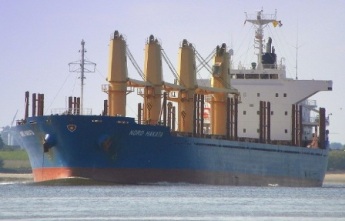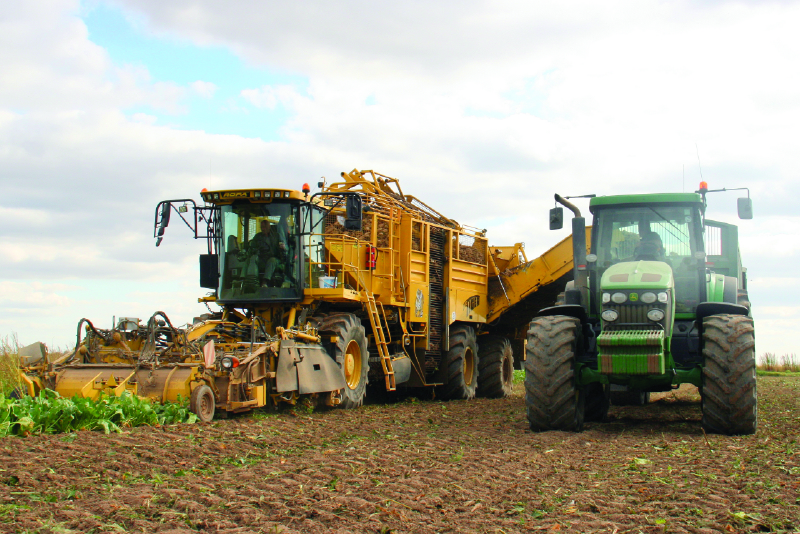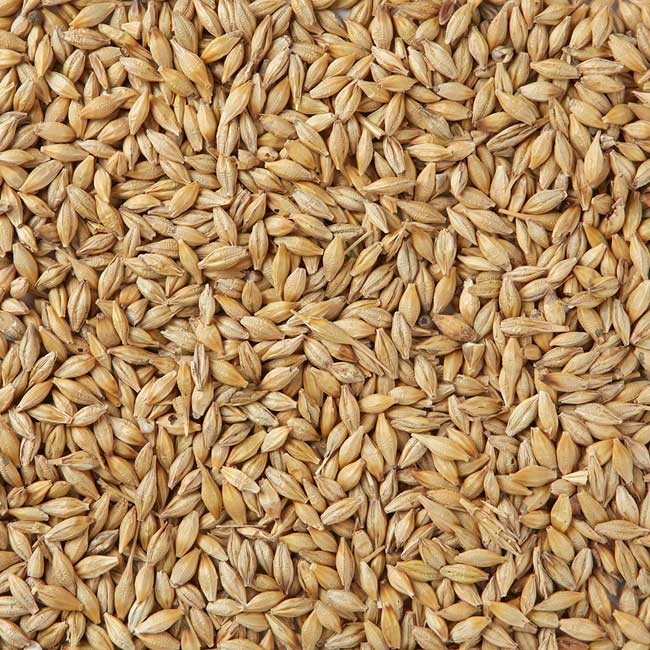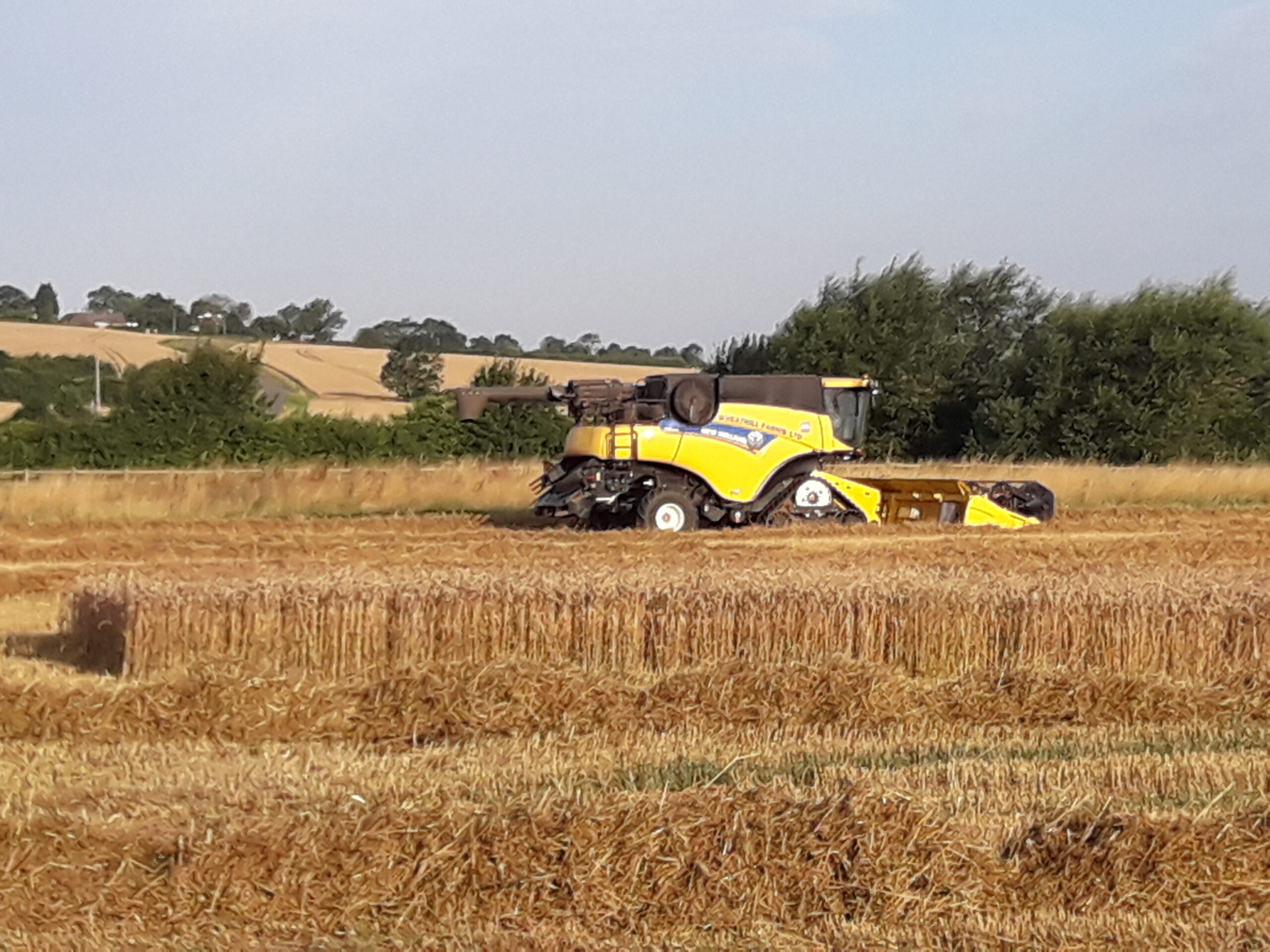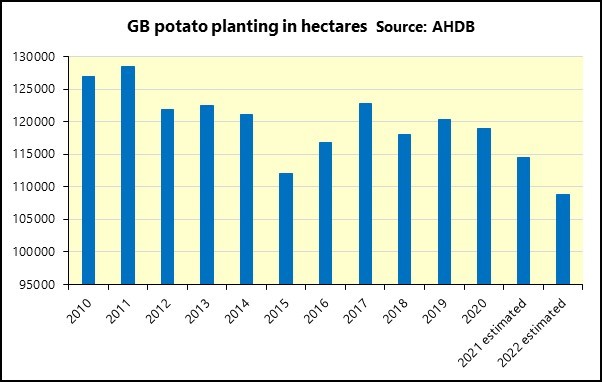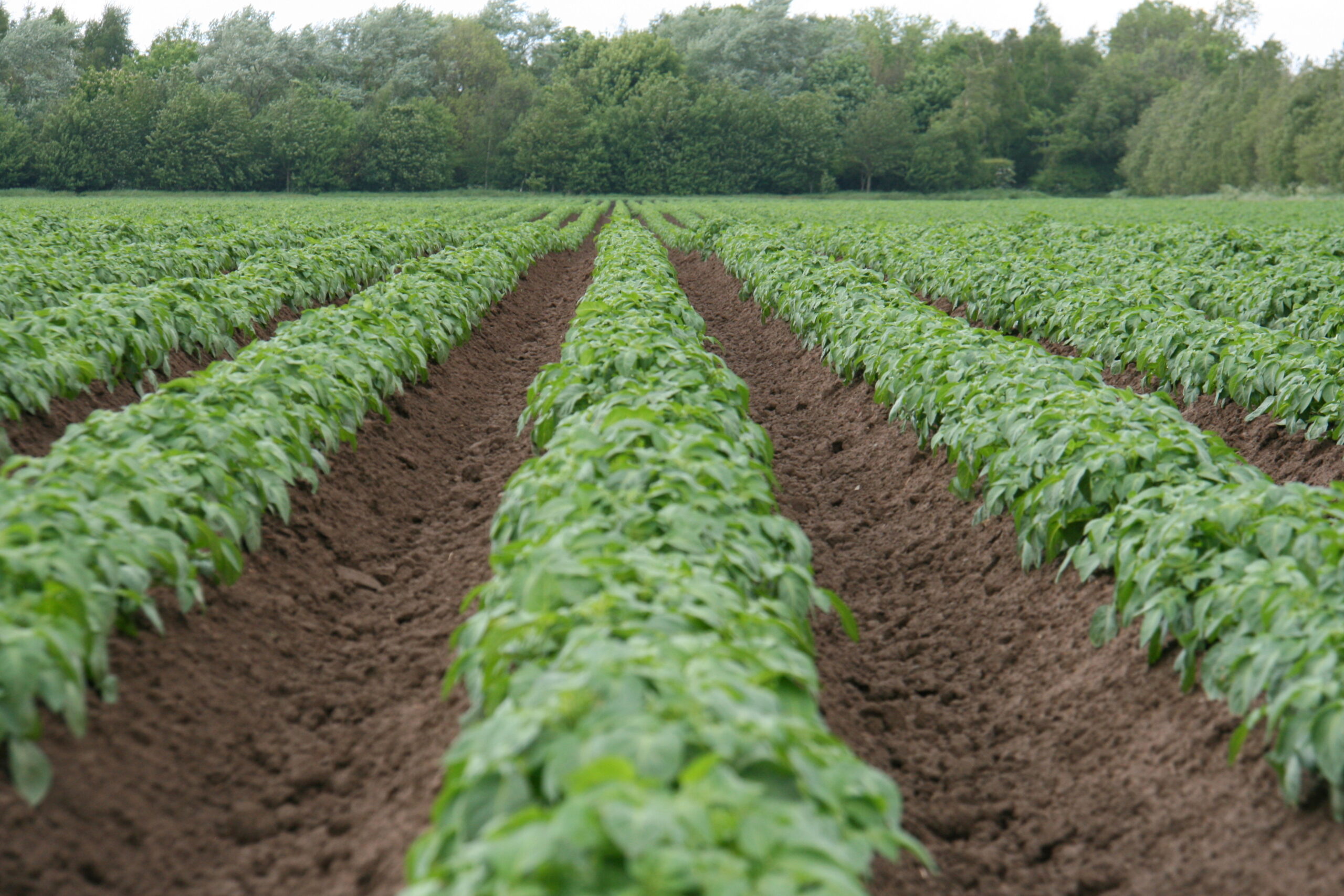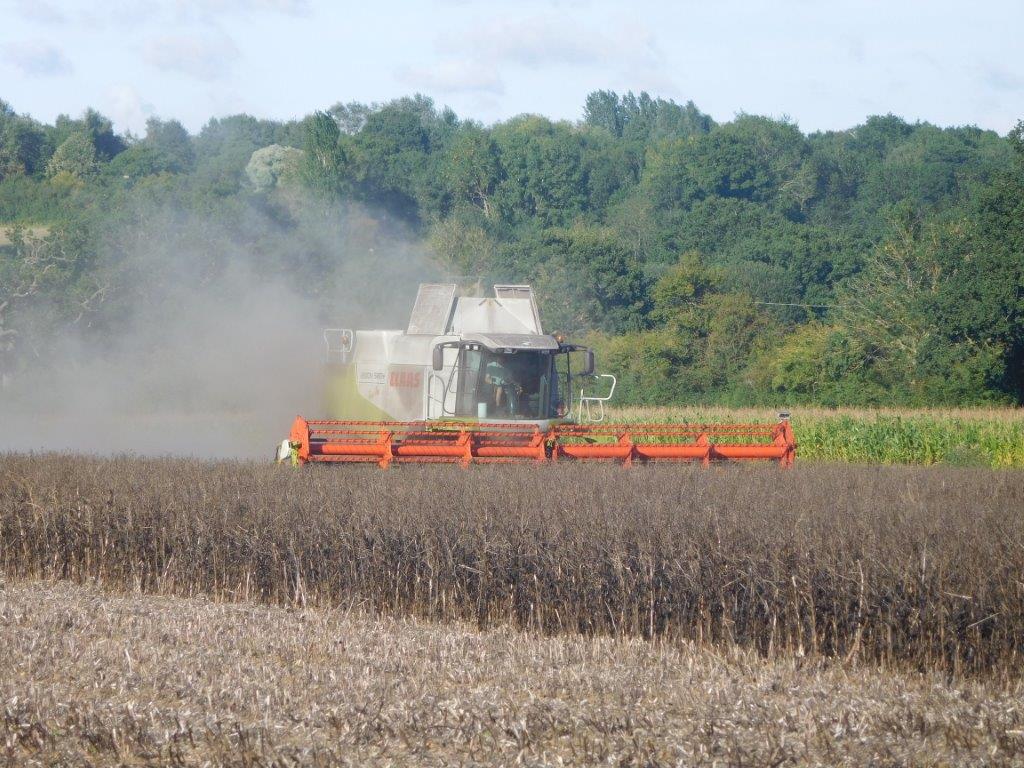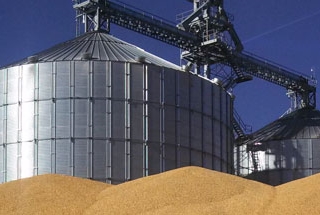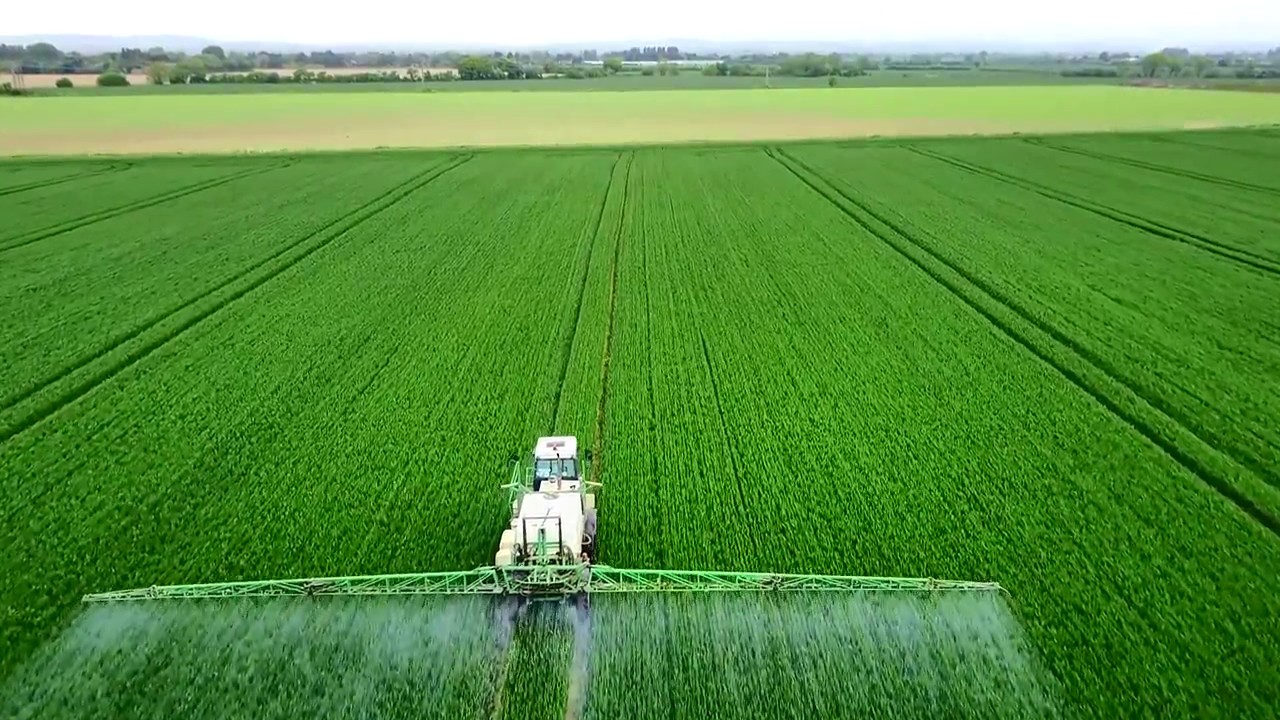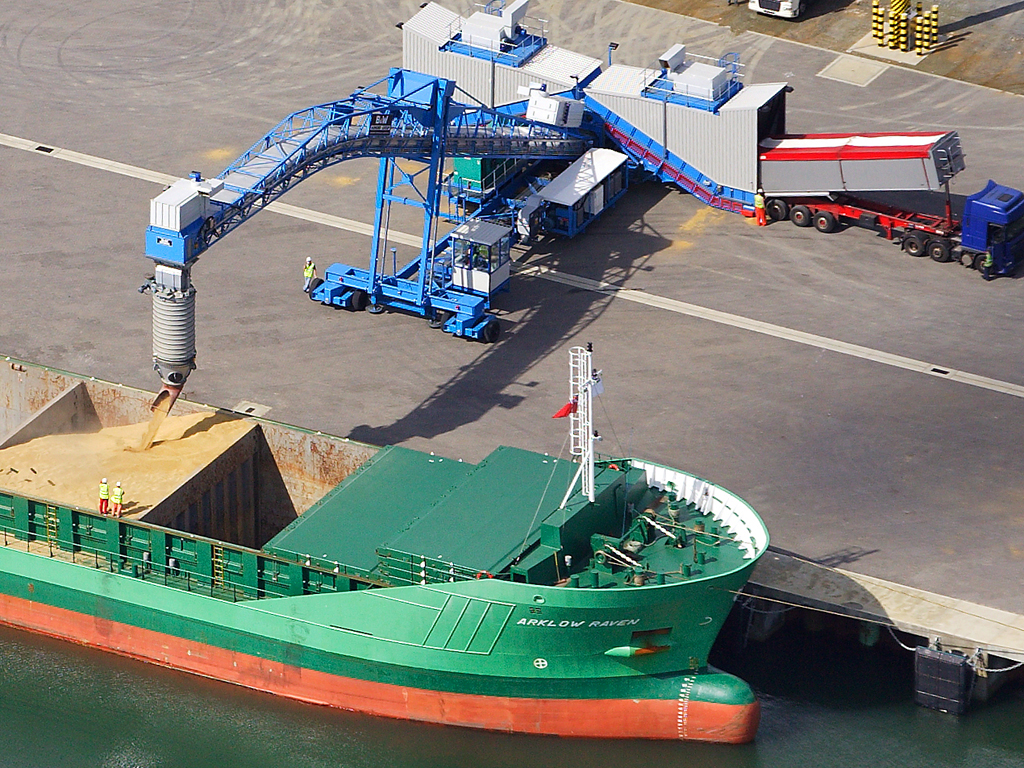Global grain market prices have fallen over the last month. Global grain harvests are progressing, and Russia and Ukraine have reached an agreement, mediated by Turkey, on the movement of grain. Both of these factors have eased concerns about tight supplies in the coming season. Despite the easing of supply concerns, and prices, in the short term, some underlying concerns remain.
The big news towards the end of July, was the agreement between Russia and Ukraine of new export channels. Again, this has eased some short-term concerns. Grain prices moved sharply lower on Friday 22nd July as a result. However, agreeing that grain can be exported from Ukraine is very different to the reality of actually exporting it. On Saturday 23rd July shelling resumed at the port of Odesa, the key grain terminal covered by the agreement. Even if a solution is found and ports are de-mined, insurance premiums on vessels will surely be much higher than previously, which would impact competitiveness of the region.
In Europe and North America, grain harvests are progressing well, benefitted by dry weather. The winter wheat harvest in the US is 70% complete, in line with average progress. Additionally, the condition of the spring wheat crop is vastly better than last season. The US has exported large volumes so far, supporting the view of larger crops.
In France, the wheat harvest is 84% complete, as of 18th July. This time last season it was only 12% complete. Again, progress has been good following hot dry conditions. As with the US harvest this fast pace to harvest has eased short-term global supply concerns.
Whilst hot weather in the EU has allowed harvests to progress, it is concerning for the development of the maize crop. The amount of the maize crop rated “good” or “excellent” fell by eight percentage point in the week to 18th July, to 75%, while this is still positive if high temperatures continue, conditions could fall further offering some support.
The United States Department of Agriculture released its global supply and demand estimates earlier in July. These estimates highlight concerns about overall availability of grain this season. The stocks-to-use ratio of wheat, barley, and maize is the lowest since 2013/14. While not dramatically tighter than last season, it is worth bearing in mind that China holds 58% of the world’s grain stocks, at least on paper. If we exclude China from the stocks-to-use calculation, availability for the coming season is the lowest since 1996/97.
